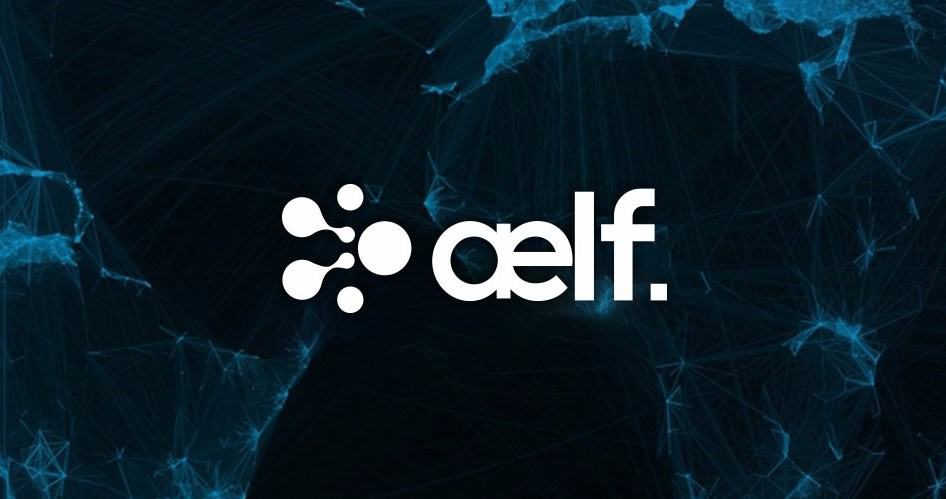Understanding aelf Economic System and How its Governance Works

Bitcoin's introduction stands as the door to the transcendence of blockchain technology today. The disruptions in the financial world only are proof enough of what blockchain can manage. However, this growth is not only helping the world to move from traditional finance to digital money.
Healthcare, supply chain management, the Internet, education, to highlight a few sectors, are examples of what technology entails. Nonetheless, blockchain companies are yet to perfect a few issues in the space.
Projects coming up are exploring the options to improve blockchain scalability. One such project is aelf investing significantly in blockchain interoperability that stands among the best scalability solutions. This article hopes to shed more light on aelf's main chain's economics and governance. Let's get right into it!
Glimpsing at the aelf Project
Aelf is an open-source blockchain project focused on cloud computing for blockchain solutions. Furthermore, it is revealing a prestigious era in web 3.0 combined with cross-chain interoperability. Users run their sidechains along with the mainnet, supporting the ability to deploy individual dApps on the platform.
While the platform is still checking through the system's security, its progress has been impressive. Currently, it is awaiting its token swap, a vital step in an overall mainnet experience for users. It will further be an opportunity to exercise governance and voting on the platform.
Its aim to provide massive blockchain infrastructure to its clients is backed by scalable mainnet features. It also wishes its users to have all the essential information of the mainnet. In that case, the platform has clear documentation and block explorer for the same. Additionally, it has a web wallet service for asset storage and a mobile wallet app to increase convenience.
Developers have their space to develop dApps, with more information on how to join the mainnet and governance system. Soon, the platform will be introducing its dApp and a DAO MGMT committee. Both are moves to add to its ecosystem's wellness and improve its decentralized governance.
Understanding the aelf Mainnet Economic System
Aelf is a developmental giant of governance mechanisms that could help corporates in a decentralized manner. The blockchain runs under a unique consensus algorithm, AEDPoS, adding to its scalability. According to the platform, it highly depends on its economics and governance for system stability. Moreover, it is a way to building an active community for the network to thrive.
The ELF token is the ERC-20 coin behind aelf's ecosystem, governing transaction fees, voting rights, and rewards. However, there are other tokens, including the resource token paid by developers, VOTE token, and SHARE token.
aelf Tokenomics
The aelf ecosystem has several coins that you need to know about. Here is a simple breakdown of their supply:
- ELF token: 1 billion coins total supply
- The resources are divided into various parameters: 25% for foundation, 25% for sale, 12% for AEDPoS, 10% for partnerships, 16% for the team, and 12% for marketing and airdrops.
- Resource tokens: 500 million coins for every category under resource tokens, including READ, WRITE, RAM, STORAGE, TRAFFIC, DISK, NET, and CPU
- ELF and Resource tokens both have a fixed supply
- The platform will half-block rewards every four years.
- The platform will burn 10% of transaction fees and 50% of the 0.5% fee incurred during resource token purchase. The rest goes to the dividend pools.
Ecosystem Contributors
- Block producers/ production nodes: Block producers' role is to following the mainnet's consensus algorithm to generate blocks. The weight of production highly determines the rewards a node will collect. Also, the number of nodes on the mainnet is 17 + 2n, where n is the years aelf's mainnet has been open for elections.
- Candidate Nodes: These nodes receive a lower vote and do not make it to block production level. Candidate nodes are responsible for block verification and production node alternation. In the long run, they contribute to the stability of aelf's ecosystem. Any user can be a candidate node by staking 100 000 or more ELF on the chain.
- Voters: They are responsible for choosing production nodes on the network. Depending on a specific period provided, a voter can lock their votes and, in return, earn rewards. After staking ELF for voting rights, you can lock them for 3, 6, 12, 24, or 36 months. The longer the period, the more immense the reward.
A point worth noting is all the rewards for the above contributors come from the mainnet's dividend pools. Voters get the highest percentage in the pool at 75%, candidate nodes at 5%, and production nodes at 20%.
aelf Governance
aelf holds governance at high standards, using sophisticated models to ensure order on the chain. It depends on several governance models depending on the magnitude of the situation that needs decision-making. There are four governance models at work on the aelf mainnet, including:
- The Parliament Governance Model: The model controls decisions on user voter rewards, the mainnet's smart contract upgrade or release, system contract method fee, adjusting dividend pool weights, among others.
- The Referendum Governance Model: This model gives users a voting opportunity for block producers and candidate nodes.
- Association Governance Model: If a group of users jointly manage an account, they can settle on a consensus depending on the decision and the number of the association members. It comes in handy in case of an issue such as funds withdrawal.
- Custom Governance Model: This model might be the most important since it sorts out the most number of issues on aelf. Combining the characteristics of the previous 3 models, the model mainly sorts out financial issues on the platform, such as interest rates.
Closing Thoughts
Aelf's governance models extend beyond this to the sidechains, but for different reasons. However, that is a topic for another day. However, this is a simplified breakdown of the extensive features of the project's mainnet governance and economic system.
Hopefully, it achieves its mission to provide real-world blockchain solutions to users while maintaining scalability. Furthermore, it shows how far blockchain technology has come and its growth potential.
For now, keep watch for the upcoming mainnet token swap set for September 9, GMT +8. Keep in mind that there will also be an airdrop on September 23, GMT +8. For more details on what the project has in store for the future, join its growing community on Twitter and Telegram.




